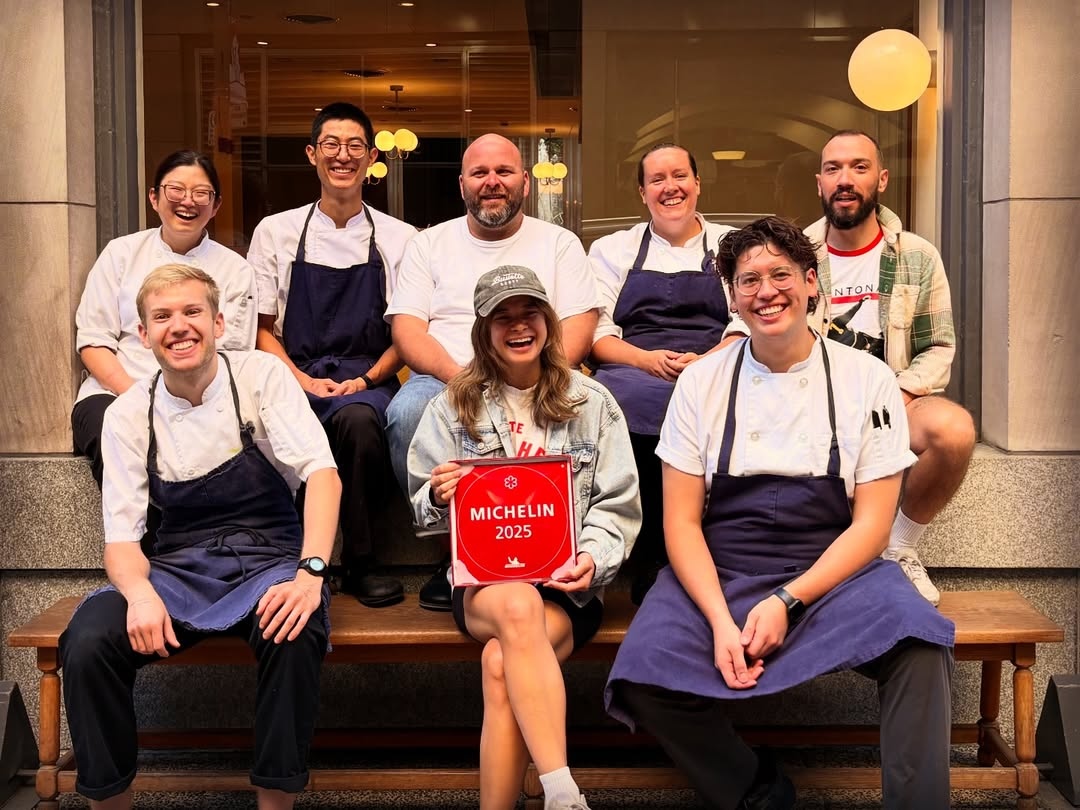Are you grateful for clean, fresh drinking water that comes straight from the tap? In Calgary, it wasn’t all that long ago that this was out of reach for most city residents.
You can thank the Glenmore Reservoir for that. Perhaps one of Calgary’s most hardworking pieces of public infrastructure, the 4 km Glenmore Dam situated along the Elbow River in Calgary’s southwest was originally constructed in 1930.
At the time, it was the largest Calgary infrastructure project to date, creating a 1,200 km catchment basin that still provides the majority of the city’s fresh drinking water to this day.
Settled by Sam Livingstone, who also named the place, the land in and surrounding the Glenmore Reservoir is now an important city watershed, flanked by Heritage Park on the east side and Tsuut’ina Nation to the west.
With walking and biking paths, a nature reserve and summer boating activities, the reservoir is a staple of the southwest Calgary community and an important central green space.
Settled by an Irish pioneer
Irishman Sam Livingston came to Canada in the late 19th century in search of a better life. He was going to settle near the confluence of the Bow and Elbow rivers at Fort Calgary in 1875, but when the North-West Mounted Police arrived, he and his family moved further up the Elbow River to the current location of the Glenmore Reservoir.
Livingstone is responsible for the current name of “Glenmore,” a Gaelic word meaning “big valley.” Livingstone, his wife Jane, and their family of eight children fell in love with the area’s rolling coulees and scenic vistas, eventually starting a school there that they also named Glenmore School after a town in Ireland.
Although the Livingstones settled the area in 1875, the area has been home to Indigenous peoples of the Tsuut’ina Nation since time immemorial. Their traditional name for the area is Weaselhead, and, in the late 1920s, the City began purchasing land in the area to support the creation of a dam that would provide fresh and clean drinking water to the growing city of Calgary.
As part of the negotiations, the City purchased 539.5 acres from the Tsuut’ina Nation, which was at the time called the Sarcee Indian Reservation. Although the City of Calgary valued the land at just over $32,000, the nation was only paid $50 per acre for the land purchase, for a total of $29,675 paid for the plot that would become the Glenmore Dam and Reservoir. Neighbouring white settlements were paid as much as $100 per acre by the City for land rights.

A solution to muddy water
The creation of the dam and reservoir in 1930 was a solution to a longstanding problem in the Calgary community: muddy drinking water. In a newspaper article from 1926, the Calgary Herald reported on the current state of the water, which was seriously disgusting. It wrote, “the water with which cooks boil the potatoes and mothers bathe the baby is several shades darker than rainwater.”
As the city continued to grow, it became more and more difficult to provide its citizens with a constant, steady flow of clear and clean water. The natural freeze and thaw cycles of the Bow and Elbow rivers were responsible for the muckiness, with sediment from the thaw contaminating the water.
Calgary’s solution to the problem was the creation of the Glenmore dam and reservoir, which were designed by a Toronto-based engineering and sanitation firm. The Glenmore Dam project was supported by City Council and approved by plebiscite, with 4,279 Calgarians voting in favour of spending on the project.
The build was the largest public works project ever undertaken by the City at the time, and began on July 26, 1930, with an official sod-turning ceremony. It also provided some much-needed employment for young men during the Great Depression.
The project consisted of four components: a dam across the Elbow River, a pumping station, a water purification plant, and 270 miles of water mains to carry water to the city. It required 42,000 cubic yards of earth excavation; 12,100 cubic yards of rock excavation; 280,000 bags of cement; 265 tons of steel reinforcement; and 75,270 cubic yards of concrete.
The dam flooded about 900 acres of land, creating the Glenmore Reservoir, and was completed by 1933, introducing one of the continent’s most sophisticated waterworks systems to Calgary residents. Upon its construction, water rates in Calgary increased by approximately 25 per cent.
A staple of the community

The reservoir has been a popular spot for recreational activities since its construction. In the 1940s, it was described as a”swimming, fishing and picnicking paradise” due to the area’s clean water and scenic beauty.
As the green space grew in popularity, it was eventually closed off to swimmers, windsurfers and power boaters due to water contamination concerns.
Although you’re not permitted to swim, paddleboard or fish in the reservoir, you can glide over its glass-like waters by boat. The reservoir is a popular sailing spot, with plenty of docks and boat launch ramps available for public access.
An autumn or early summer walk around the reservoir is equally fulfilling, offering picturesque views of the lake-like reservoir and its rocky shores.
In 1944, the Weaselhead/Glenmore Park Preservation Society was created by a group of passionate Calgarians looking to preserve the parkland surrounding Glenmore Reservoir, including Weaselhead Flats, North Glenmore Park, and South Glenmore Park. To this day, maintaining the biodiversity and broader ecological health of the Elbow River watershed remains their priority.
Whether the Calgary southwest is your home or you’re a visitor to the area, the Glenmore Reservoir is a historic and important ecological place that is worthy of preservation.
It’s also single-handedly responsible for the fresh water from your tap — something all of us can be grateful for.
Where: 24th Street SW
Cost: Free
Recent Posts:
Calgary’s first forest bathing path just opened and it’s especially beautiful this fall
11 things to do in and around Calgary this October
















